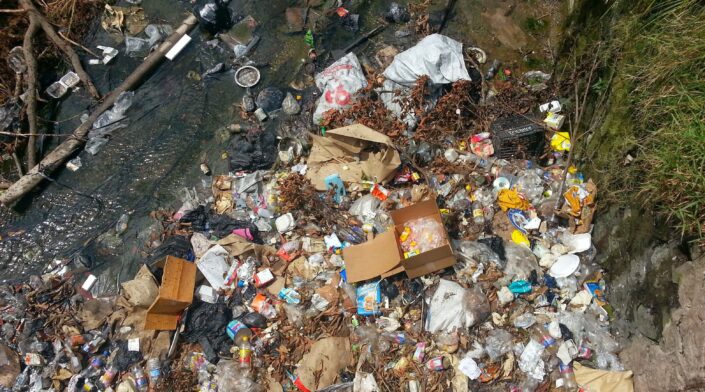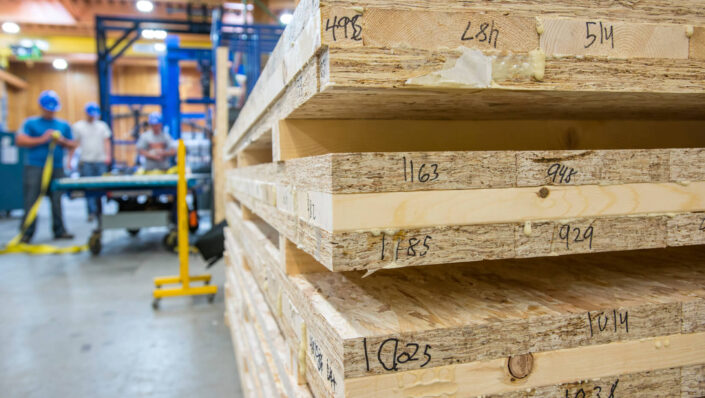The production of laminated insulation materials plays an important role in making sure our environment is preserved for generations to come. It helps reduce energy consumption, decrease the amount of greenhouse gas emissions, and improve air quality by providing a barrier against pollutants entering the atmosphere.
Despite its tremendous benefits, the manufacturing and use of these materials can have significant environmental impacts if not properly managed. In this article, we will explore some of these potential risks and what steps can be taken to minimize them. Well also look at how technological advances are helping to reduce any negative effects on our planet’s fragile ecosystem.
Emissions and Pollution from Production Processes
Laminated insulation material production has a direct environmental impact due to emissions and pollution from the production processes. The manufacturing process of these materials releases hazardous gases such as carbon dioxide, methane, and nitrous oxide into the atmosphere which can cause serious damage to air quality.
Additionally, industrial waste is generated during the production of laminated insulation material that can have an adverse effect on surrounding ecosystems if not managed properly. Furthermore, certain steps in the manufacturing process use large amounts of energy resulting in higher levels of greenhouse gas emissions.
Finally, water used for cooling machinery during production can be contaminated with chemicals or oil products leading to further environmental harm if not disposed of safely and responsibly. In order to reduce these impacts it is essential that manufacturers take necessary steps to minimize their emissions and pollution from all stages of the production process.
Waste Generation and Management

The production of laminated insulation material has a significant environmental impact due to the amount of waste generated during the process. From manufacturing processes that involve cutting and laminating, to fabric finishing, there is an increase in solid as well as liquid waste.
Companies must prioritize proper disposal methods for this waste in order to prevent pollution and the destruction of ecosystems. Proper management strategies are essential when it comes to reducing waste generation from laminated insulation materials production. This includes adopting efficient machinery which produces fewer by-products and utilizing energy conservation techniques such as reusing or recycling raw materials whenever possible.
Additionally, companies should ensure their workers are aware of the best practices for handling hazardous substances present within these materials in order to minimize any potential risk associated with their use or disposal. Finally, investing in new technologies can help reduce emissions generated from the manufacturing process thus further reducing its environmental footprint.
Resource Consumption in Manufacturing
Manufacturing laminated insulation material requires the use of a large number of resources. The energy required to produce this type of insulation material is significant, both in terms of electricity and fuel consumption.
This type of resource consumption can have a dramatic impact on the environment, as production processes release pollutants into the atmosphere such as carbon dioxide and other greenhouse gases.
Additionally, raw materials used in producing this type of product are often derived from scarce natural resources that contribute to land degradation when harvested unsustainably. As such, it is essential for manufacturing companies to take necessary steps towards reducing their resource consumption while still maintaining high levels of efficiency.
Health Risks of Laminated Insulation Material Production

The health risks associated with the production of laminated insulation materials are numerous and must be taken seriously by manufacturers, workers, and consumers alike. The inhalation or ingestion of fibers from these materials can cause a wide range of respiratory and gastrointestinal illnesses in humans.
Dust particles generated during the manufacturing process could also lead to skin irritation. Furthermore, many chemical compounds used in their construction may be toxic when inhaled or ingested including formaldehyde which is linked to various types of cancer. Additionally, there is a risk that volatile organic compounds (VOCs) released during lamination processes could become airborne within a factory leading to poor air quality for employees who work there.
Finally, exposure to high levels of heat from machinery used in production can cause burns as well as fatigue due to long hours spent working close proximity to hazardous equipment. It is therefore essential that producers take all necessary precautions when producing laminated insulation materials in order to ensure their safety for everyone involved.

